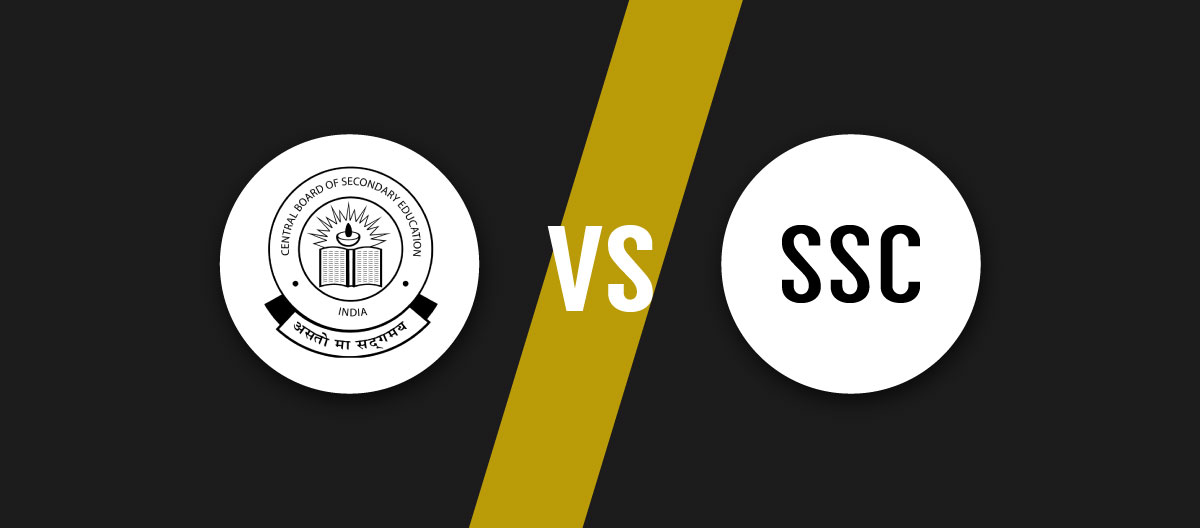One is the most popular curriculum in India, and the other offers a refreshing new approach to learning. Which one must you choose for your little one?
Among the many struggles of parenting is the struggle of choosing the right curriculum. As if there weren’t enough options to confuse us already, we have the International Baccalaureate (IB), which is quite different from the typical learning methodology that we are aware of. The only way to overcome this confusion is to understand the differences. This article will make it easy for you!
A brief about each syllabus
The CBSE syllabus follows the NCERT curriculum, and the Union Government of India manages the board. It is a national level syllabus that approximately 19,300 schools follow at the moment. The curriculum is quite child-friendly and focuses on the all-round development of each child.
The IB curriculum is a national-level curriculum, headquartered in Switzerland. It focuses quite a lot on creativity, critical thinking, and becoming an all-rounder. It is detailed and flexible at the same time, giving children a world of choices when it comes to learning. Not many schools in India offer the IB curriculum.
Salient features of the CBSE board
Let’s discuss the very popular CBSE syllabus here:
- The CBSE syllabus is well-rounded and creates a stress-free environment for children.
- It prepares children for most competitive examinations that are conducted in the country.
- The board allows instruction and teaching in English as well as Hindi, making it accessible to smaller areas of the country where English may not be prevalent.
- While practical work is a part of the curriculum, the emphasis is on theoretical learning.
- It has a set of recommended textbooks that children have to follow.
- CBSE curriculum sets the base for many careers in the country.
- Co-curricular activities and physical education are also important in this syllabus.
Salient features of the IB board
Now, let’s see how the IB board is different:
- The IB board is child-centric and encourages enquiry-based learning. Children studying the IB curriculum are more independent and take ownership of their experiences.
- It is a balanced program that focuses equally on music, art, business administration, etc. Subjects are divided into groups and children are free to pick out subsets from a wide variety of options based on their preferences.
- IB board promotes concept-based learning rather than typical textbook-based learning. Children understand what’s being taught in class and have resources that they may pick from to learn the concepts in-depth. There are no prescribed textbooks.
- The curriculum is recognized all over the world, and it is highly beneficial for children aiming at studying in foreign countries.
- Children earn credits in the school itself. This helps them advance in college without having to go through basic courses again.
Based on your preferences and the type of learning approach you think would be ideal for your child, we urge you to take a call.
CBSE vs IB – The final verdict
IB prepares children to study across the world. However, at the moment, it is not very popular in our country, and the schools that do offer it are mostly expensive. Thus, you may need to work hard to find an IB World School that fits your other criteria. CBSE schools, on the other hand, offer a comprehensive education that is affordable. Also, you have a variety of options in all locations to choose from.
Once you decide, we would love to hear your verdict and the reason behind it. Do comment!




